No phones, talking or dinners: Inside a 10-day silent meditation camp in Singapore
We tried Vipassana meditation – which Twitter co-founder Jack Dorsey and author Yuval Noah Harari are huge advocates of – right here in Singapore.
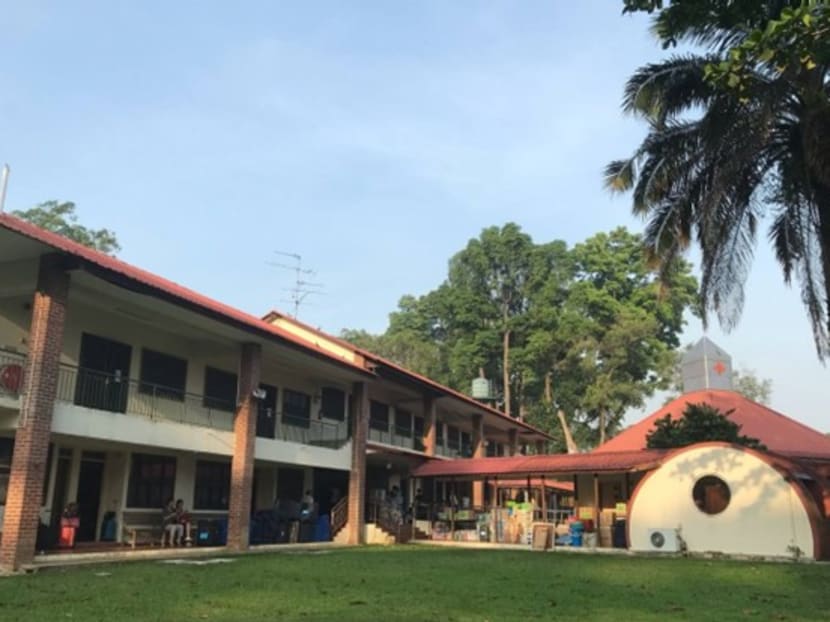
Sarimbun Scout Camp where the writer attended a Vipassana meditation camp before the pandemic. (Photo: Joyce Yang)
“Where on Earth is Sarimbun Scout Camp?” was the first thing my friends said when I told them I would be uncontactable for 10 days.
The north of Singapore is often associated with animal farms and plant nurseries, but few know it is frequented by a small community that, once in a while, voluntarily drops everything to meditate for a hundred hours.
The thought of spending 10 days in utter silence without devices, entertainment, hot showers, and even dinners is unnerving for many people. Yet it’s become an annual ritual for some. Before the pandemic struck, I had the pleasure of joining them for a Vipassana meditation camp.
WHAT IS VIPASSANA?
Vipassana means “insight” in Sanskrit. It means to see things as they really are by paying disciplined attention to our physical sensations. The practice stems from Buddhism but is secular, not unlike yoga. Proponents include Twitter co-founder Jack Dorsey and Yuval Noah Harari, the author of Sapiens: A Brief History Of Humankind.
Whether you’re attending the course in an idyllic farmhouse in New Zealand or a temple in Myanmar, the course schedule is identical across the globe: You wake up at 4am and basically spend the rest of the day meditating – either by yourself or in groups – or listening to teachers until lights out at 930pm.
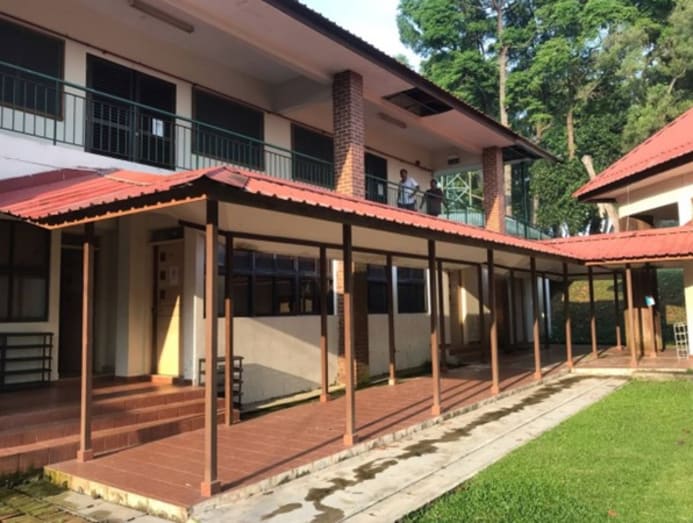
Two things stood out to me. One, we would meditate for 10 whole hours every day. Two, our last meal of the day would be served at 11am. This was glaring because, on any given day, I would still be working through my coffee at that time. We also had to abide by five precepts:
1. We shall not commit wrong speech, which explains why a vow of silence is warranted. This means not speaking, gesturing, writing notes or even making eye contact with another course mate.
2. We shall not take another being’s life. That includes mosquitoes and spiders and explains why only vegetarian meals will be served.
3. We shall not consume intoxicants that would disrupt your sobriety. That includes alcohol, drowsy medication and painkillers.
4. We shall not steal.
5. We shall not partake in sexual activity.
On top of severing contact with the world, we would also have no access to books, magazines, films, podcasts, music and the news. Essentially, the course would starve our minds of information and entertainment in any way, shape or form. You would be forgiven for thinking this sounds like a cult. I did, too. But curiosity led me to Kranji MRT station on a Saturday morning, where I waited for a bus that would take me through a series of dirt roads to Sarimbun Scout Camp.
There were about 20 of us. We were mostly made up of aunties and uncles in their fifties, a handful of millennials, and one elderly who, despite being English-illiterate, had flown to Singapore to attend the course. The course operates on a donation basis and funds collected on its last day will go towards organising the following one.
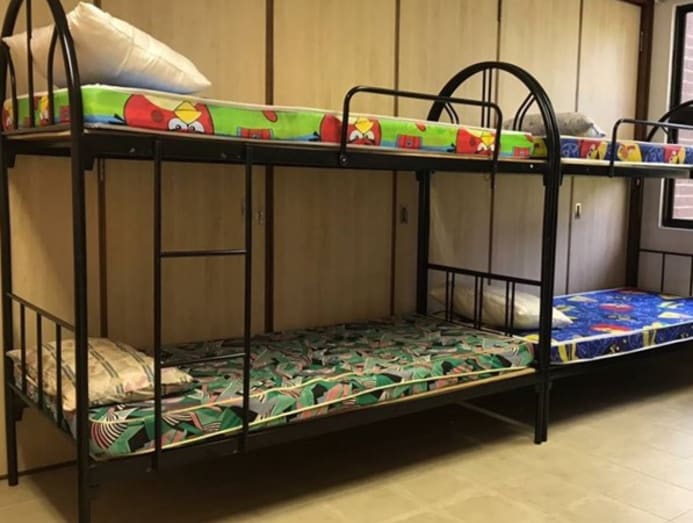
Male and female coursemates were strictly separated. Our living quarters were minimal but adequate. Meals would be had at a tiny canteen. Air-conditioned dormitories came with bunk beds and slept up to six people each. Someone found a dead bird in the dingy shower facility which, might I add, does not have warm water. There was a lush backyard with a chance of squirrel and wild boar sightings.
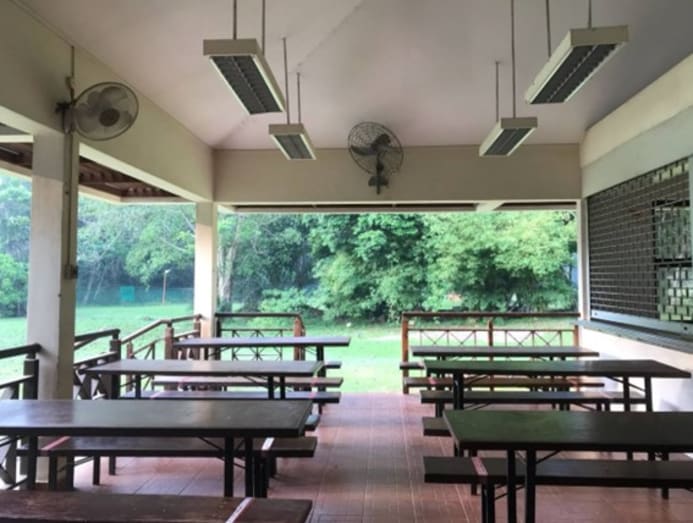
My roommates were a psychotherapist from Hong Kong, a yoga instructor from Spain, a local PR professional, an unemployed 27-year-old and a homemaker in the midst of relocating to Dubai. We enjoyed the last of human interaction before taking our vow of silence later that evening, and I wondered if all of us would make it to Day 10.
DAYS 1 TO 3: ANAPANA
The homemaker left after the first day. Honestly, I had a hunch she would because she was shocked when asked to surrender her phone the previous day. She might not have known what she had signed up for at all. Besides, being a mother of a young boy must make isolation all the more trying.
The first three days were spent mastering Anapana, the observation of natural respiration. For 10 hours a day, I sat still and noticed how my breath felt on my upper lip. Does it feel tingly, warm, or cold? Did I inhale and exhale through the same nostril, and which one? I could easily think of a million better ways to spend 10 hours, but that’s not to say it was easy.

On the contrary, it was colossally challenging. I’ve never registered how restless my mind is until I had to tame it. I could not help dozing off, adjusting my seating position, and opening my eyes to see if others were struggling, too. Instead, I would find my neighbour in the same upright posture every time; her laser-sharp focus was a mockery of my own “monkey” mind. At the end of the course, I would learn that she had spent a year meditating in a Japanese monastery where she endured sub-zero temperatures. Obviously, she had already played this game in “expert” mode.
The cold showers and 4am call times took some getting used to, but were nothing compared to the overwhelming sense of disconnect. What is on the news today? Did anyone text, call or email me? Will they think I’m dead and file a police report? I spent all my free time walking the backyard enough times to memorise the flower species. I ran up and down the stairs in hopes of being less restless during meditation sessions.
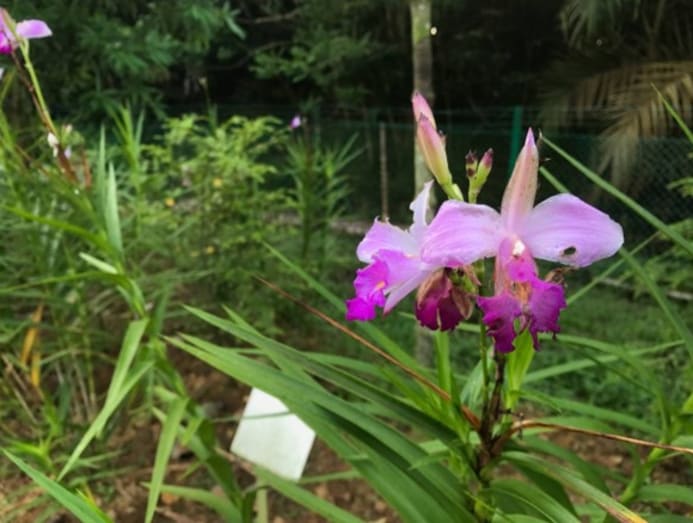
Whenever the clock struck 7pm, I heaved a sigh of relief. We would report to the auditorium for our virtual “debrief” of the day’s learnings. This was done through a different video recording every evening of the late SN Goenka, an Indian teacher of Vipassana meditation. It was a reprieve for the mind because, for an hour and 15 minutes, I could channel my attention to something other than the chaos in my head. It dawned on me how reliant I had grown on the media in everyday life. It is far easier to be absorbed in something, anything, than to be left alone with our own minds.
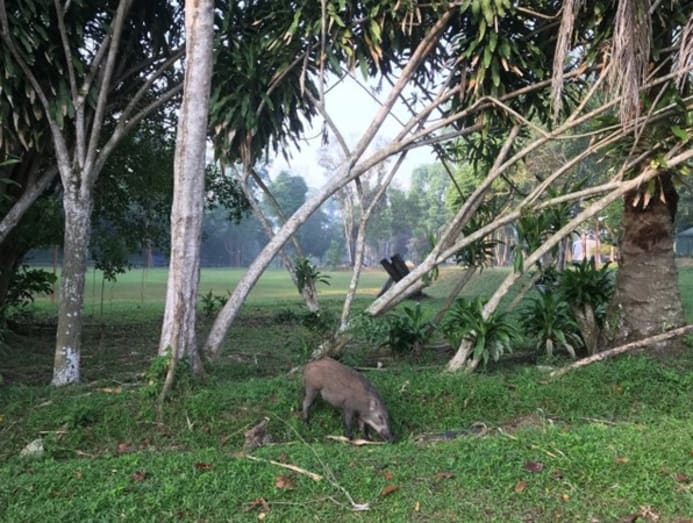
DAYS 4 TO 10: VIPASSANA
On the fourth day, we were ready to “graduate” from Anapana to Vipassana. Up until then, we had focused only on our noses and upper lips. From here on out, we would scan the entire body – from the top of our heads to the tips of our toes – for sensations.
Our objective was to experience the itch, aches, cramps and numbness while remaining still as water. Whereas we fidgeted liberally before, there was now an unspoken rule to refrain. During the “seating of strong determination” at 6pm daily, the hall would be so silent I dared not swallow my saliva.
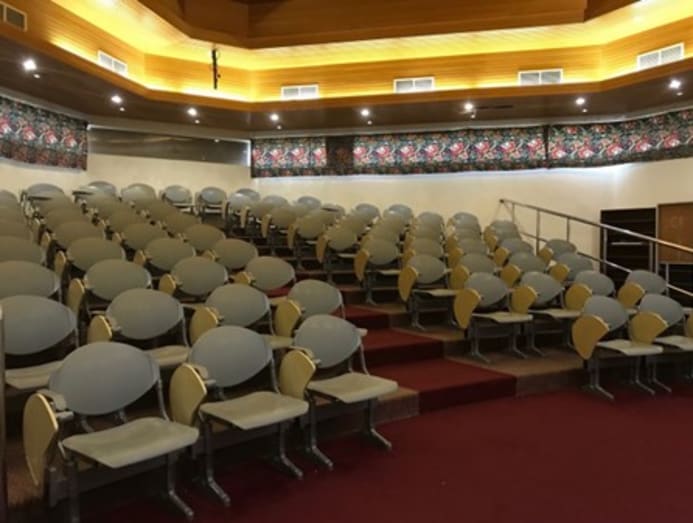
The philosophy of Vipassana is this: When we crave comfort and reject unease, we exist either in wishful thinking or a fight-or-flight mode. But when we remain equanimous and trust that all physical sensations are impermanent, we are less enslaved to the tyranny of our reactive minds. Vipassana is a means of reprogramming our subconscious. When we are able to sit with unpleasant sensations, thoughts, and emotions; and accept that “this too shall pass”, we develop mental fortitude.
This is perfect in theory but messy in practice. By day five, three people had left. I looked at their empty mats and thought: Should I throw in the towel too? At least I wouldn’t be the first to give up. I briefly entertained the idea. How I’ve missed my creature comforts, reality shows and the satisfying buzz of one phone notification after another. The poisons of modern society never seemed quite as delicious until I’ve had my fill of solitude.
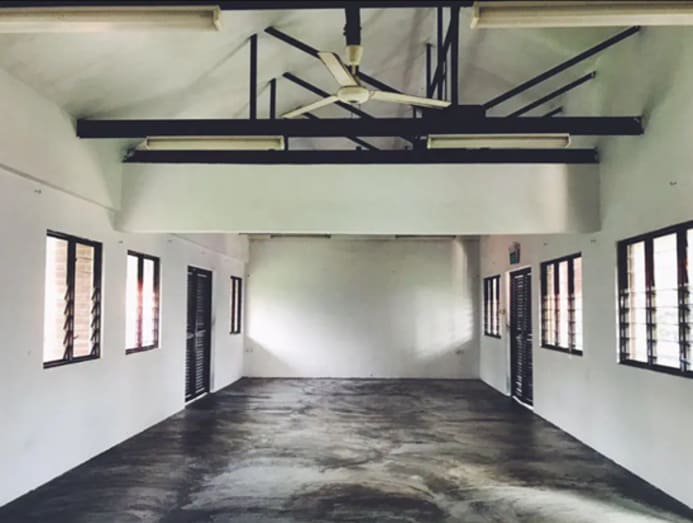
More than physical discomfort, silence also turned the volume up on our innermost thoughts and feelings. The pain was starting to manifest in both physical and psychological ways. One evening, I returned to my dormitory to find my roommate sobbing uncontrollably. The rest of us could do little besides offering her tissues and giving her space. This is not uncommon, we were warned. Who knows what could bubble to the surface when you’ve got nothing else to think about?
My experience, while comparably calm, had its moments, too. A hundred hours of meditation has the power to excavate the most deeply seated of issues, particularly those I had never given the time of day and swept under the rug with work and a great many Eat, Pray, Love solo trips. When negative thoughts and complex emotions come up, we naturally try to control them. But Vipassana asks that we take a radically different approach: Let’s see how long this lasts.
Sometimes, it was a breeze and the gong would go off before I knew it. Other times, I felt so unsettled I would excuse myself, take a cold shower, and wonder: What possessed me to come here? My question was, of course, rhetorical. The only way out was through, and by day ten, all of us were. I felt calm, light and clear-headed. It was as if my mind had undergone the biological equivalent of turning a computer off and on.
Our vow of silence ended on the last morning, but we would only get our phones back when “booking out” the next day. Socialising again felt disorienting at first, but we quickly got into the groove of sharing our experiences. I thought it was wild that they differ so vastly across individuals. Some had highly realistic nightmares; others had out-of-body experiences. It became clear why a vow of silence was warranted. Had we been allowed to discuss, we would fall into the rabbit hole of comparison and expectations – the antithesis of Vipassana.
A BOOT CAMP FOR THE MIND
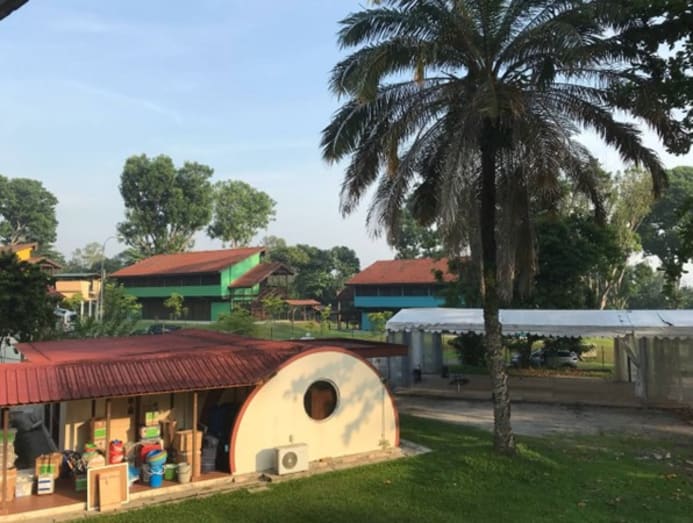
The firefighters have a term called “backdraft”. When they break down the door of a burning house, oxygen rapidly enters and meets the superheated gases to a violent explosion. Vipassana was like that for me – overdue but cathartic. I think of it as a boot camp for the mind, a fast from insidious addictions, and a chance to unlearn things which no longer serve us.
In Singapore, the 10-day courses are still on pause. Unless you are open to attending one in Johor, you may have to check back here. I highly recommend one for anyone between jobs or on a sabbatical. A couple of my friends, who were just as surprised to know this experience exists in Singapore, had taken my word for it and never looked back. One of them has even made it a daily practice thereafter.
Even if you have no experience with meditation, how often in life do you get to exist outside of your job, relationships, and others’ expectations? Rarely. Yet it is through the bare necessities that we have a chance at calm, insight, and self-knowledge.





